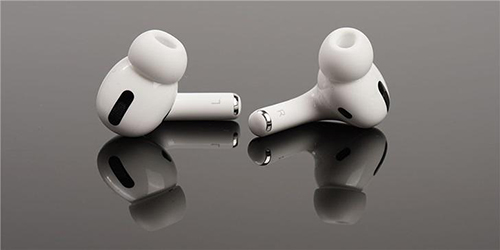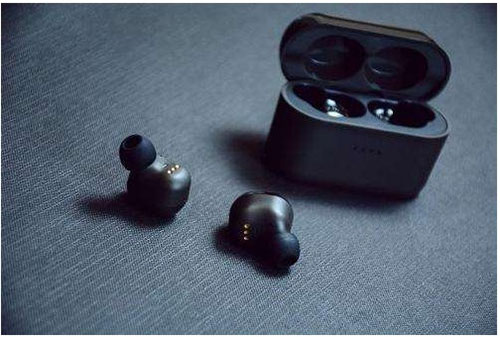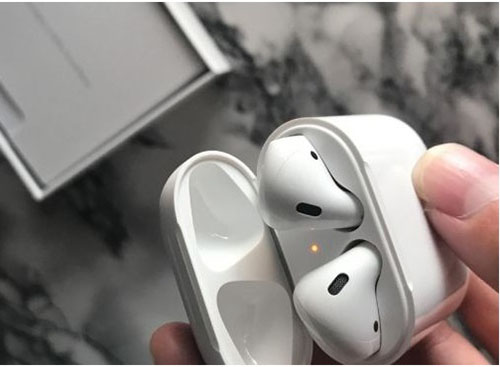When the design of mobile phones is becoming more and more integrated and less openings, major mobile phone manufacturers have begun to cancel the 3.5mm headphone jack. Instead, many manufacturers recommend you to use Bluetooth headsets, but Bluetooth headsets have power consumption Fast, not easy to carry and pairing issues, the user experience is quite bad.
In this case, it seems that USB Type-C headsets are the best of both worlds. We do not need to worry about charging, and it is easier and more convenient than wireless Bluetooth headsets to connect to the device. However, the reality is that USB Type-C headsets have not yet become the mainstream choice. The USB Type-C headset is cold, in addition to the high price and the lack of style choices, there are the following three reasons.
Samsung and Apple are not enthusiastic
The market share of mobile phone products of Apple and Samsung reached 40%. However, the devices of these two mobile phone manufacturers do not require USB Type-C. Although Apple’s new iPhone has cut off the 3.5mm headphone jack, it uses its own lightning interface for charging and data. Samsung also seems to have a dislike for USB Type-C headphones. On its latest flagship phone, the Galaxy S9, the traditional headphone jack is still retained. If Samsung also chooses to abandon the 3.5mm headphone jack, the situation may be quite different, but for now, Samsung has not shown such intentions.
The cost of USB Type-C manufacturers will increase
For manufacturers, any aspect that may increase the cost needs to be carefully considered. On the headset, if the USB Type-C interface is used, the cost will increase by 25%. This data is unbearable by any manufacturer. Also based on cost considerations, many headset manufacturers still use the Micro USB charging interface when launching wireless audio devices, and there are cost differences in data transmission and charging when using the USB Type-C interface cable.
USB Type-C is not all universal
Although USB Type-C has become a universal interface standard, it actually does not provide perfect compatibility. Some USB-C ports support Thunderbolt 3 with high bandwidth, but most others cannot meet it; USB Type-C itself has different standards and specifications, and some Type-C cables can only be used as pure charging cables and cannot be transmitted. data.
With the recent introduction of Type-C interface headphones by some manufacturers, due to the differences in the definition of Type-C interface by each manufacturer, Type-C noise-canceling headphones are not as versatile as 3.5mm headphones. One is that it is directly incompatible and purely useless; the other is that music and noise reduction functions are available, but calls and buttons are not supported. For example, the Type-C version of Xiaomi’s own noise reduction headphones can support Xiaomi 5, Xiaomi 5S, Xiaomi 5S PLUS, Xiaomi MIX, Xiaomi NOTE2 and Xiaomi 6, but it is not compatible with Xiaomi 5C, Redmi Pro, and for Xiaomi 4C and Xiaomi 4S supports music and noise reduction functions, but does not support call and button functions.
Although USB Type-C is not very convenient, and many manufacturers are moving in the direction of USB Type-C, if these problems cannot be solved well, USB Type-C still cannot be popularized.








